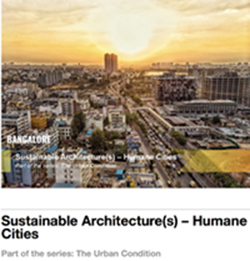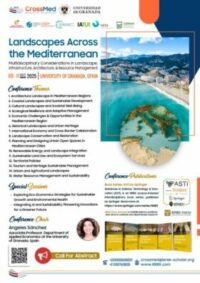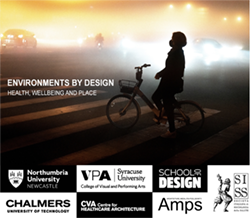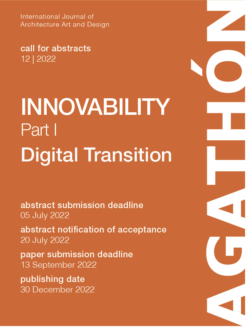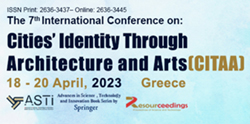ISSN (online): 2444-9091
Call of the Journal:
Apr
2021
Jun
2021
The concept of circular construction introduced by the new model of circular economy and even before that, by quality label Cradle-to-Cradle, has been implied radical changes in the construction sector. However, circularity in construction, technology and architectural processes is being limited to waste minimization and recycling maximization. Indeed, the potential offered by circular thinking goes far beyond the objectives mentioned above, opening new horizons in the way of designing new buildings and restoring built heritage. Sustainability of built environments is not only a matter of reducing environmental impacts and limiting the use of non-renewable resources. In circular thinking, the building product takes on value with its utilitas, venustas and firmitas adapting to current needs in an ever-changing world. Besides, this new economic model can act as a driving force for developing new materials and construction processes that make buildings, as a whole or in some of their parts, disassemblable and re-assemblable. The basics of circularity in construction can be combined with Design for Adaptability (DfA) guidelines, with the relationships set by the 2030 Agenda and by developing an Industry 4.0 strategies; based on the resilience characteristics of built environments. Designing for future reuse requires cutting edge research investigation on building’s different layers, materials properties and life-cycle processes, maintenance techniques and reuse scenarios. The circular design also faces challenges of environmental protection, social equity, and economic development. Those aim to involve the community and overcome the lack of adequate infrastructure and regulatory frameworks. All these issues are crucial to achieving a sustainable and creative design, and to improve the quality of life of both present and future generations. Papers must be submitted in English.
SpainCircular construction, technology and architecture
The concept of circular construction introduced by the new model of circular economy and even before that, by quality label Cradle-to-Cradle, has been implied radical changes in the construction sector. However, circularity in construction, technology and architectural processes is being limited to waste minimization and recycling maximization. Indeed, the potential offered by circular thinking goes far beyond the objectives mentioned above, opening new horizons in the way of designing new buildings and restoring built heritage. Sustainability of built environments is not only a matter of reducing environmental impacts and limiting the use of non-renewable resources. In circular thinking, the building product takes on value with its utilitas, venustas and firmitas adapting to current needs in an ever-changing world. Besides, this new economic model can act as a driving force for developing new materials and construction processes that make buildings, as a whole or in some of their parts, disassemblable and re-assemblable. The basics of circularity in construction can be combined with Design for Adaptability (DfA) guidelines, with the relationships set by the 2030 Agenda and by developing an Industry 4.0 strategies; based on the resilience characteristics of built environments. Designing for future reuse requires cutting edge research investigation on building’s different layers, materials properties and life-cycle processes, maintenance techniques and reuse scenarios. The circular design also faces challenges of environmental protection, social equity, and economic development. Those aim to involve the community and overcome the lack of adequate infrastructure and regulatory frameworks. All these issues are crucial to achieving a sustainable and creative design, and to improve the quality of life of both present and future generations. Papers must be submitted in English.
ANVUR, Web of Science, UlrichsWeb, ERIHPLUS, MIAR, DIALNET, DOAJ, DULCINEA, Google Scholar Citations.
The APC contribution is not required for the publication of the paper.

